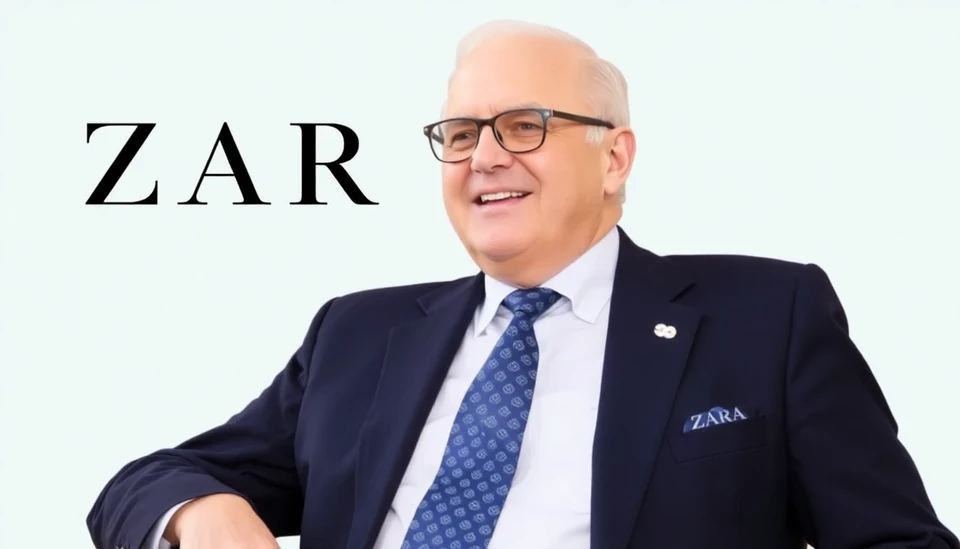
The pace of development within the fast-moving world of fashion probably finds its few equals in the name of Zara. With its well-recognized entry into the latest trends and strong presence in most parts of the globe, Zara has become one of the daily choices of millions. An investigative video by Bloomberg shows the inner details about Zara's success and provides an insight into how such an operational strategy makes this fashion giant different from the rest.
Zara is not only known for stylish designs, but it's also known for phenomenal speed it manages to get those designs onto the market. The Spanish brand, owned by the Inditex Group, operates on a model quite contrary to traditional fashion houses-seasonless, catering to demands rather than forecasted future trends. This important methodology places Zara in a position whereby new pieces are introduced into stores as frequently as twice a week.
The following video outlines the logistics and strategic movements which constructively empower Zara through its design team. The headquarters of the brand in Arteixo, Spain, automates everything associated with innovation and production. At this nerve center of the company, designers work hand-in-hand with market specialists using big data representative of consumer tastes from around the world. The feedback mechanism, taking into consideration the knowledge from big datasets, allows quick prototyping and production, meeting the demand for fashion, which changes every now and then.
Finally, Zara underscores inventory management and supply chain efficiency as core parts of its business model. Owning much of its supply chain, Zara can manage the quality and speed at which it produces products. This form of vertical integration reduces lead times, allowing changes to be made in unprecedented timeframes, often less than two weeks from design to instore.
Cultural adaptability, aside from logistics, is also one of the strategic advantages Zara has. The brand has been able to make reasonably localized product offerings to several markets, underlining its global appeal and relevance. Yet, as the video suggests, such adaptability comes not without its challenges, considering that maintaining global brand consistency with local relevance does require intricate coordination across territories.
The story throws light on Zara's ahead-of-the-game moves in sustainability, being fully aware of the ecological cost that comes with fast fashion; hence, it is involved in various projects pertaining to waste reduction and greening its functions. From the use of sustainable materials to designing energy-saving stores, Zara tries to be green, seeing awareness rise among the consumers.
Thus, the video wraps up the operational brilliance and strategic foresight of Zara, which shows how it keeps ahead in the high-street fashion game. The deep dive into business strategy in Zara offers great lessons for industry watchers and enthusiasts who are in awe of the machinations of a brand that keeps benchmarking in terms of speed, design, and innovation.
Provided Zara remains out in front with its magic mix of style and efficiency, this peep into its inner sanctum underlines not just the ingenuity of the brand but also perhaps sets the yardstick for how modern fashion houses might emulate its success. For the avid fashionista or the business strategist, knowing the ways of Zara is a key with which to unlock many of the complexities that define retail today.
You can watch the full video of Bloomberg here, getting into details of how Zara works its magic and revolutionizes the face of global fashion: an enchanter, the art of innovation in fashion.
#Zara #FashionIndustry #RetailInnovation #FastFashion #SupplyChainExcellence #SustainabilityInFashion #GlobalBranding #FashionStrategy #IndustryInsights #BloombergAnalysis
Author: Sophie Bennett



